
In 1987, Goiania was thriving with energy. Bustling markets, humming radios, and people were moving at their usual pace. But danger rarely announces itself. Some people made mistakes, which turned the city into a deadly radioactive place for a long time. Let’s revisit the story of Goiania to understand what really happened and how it affected the area.
It Started With An Abandoned Clinic
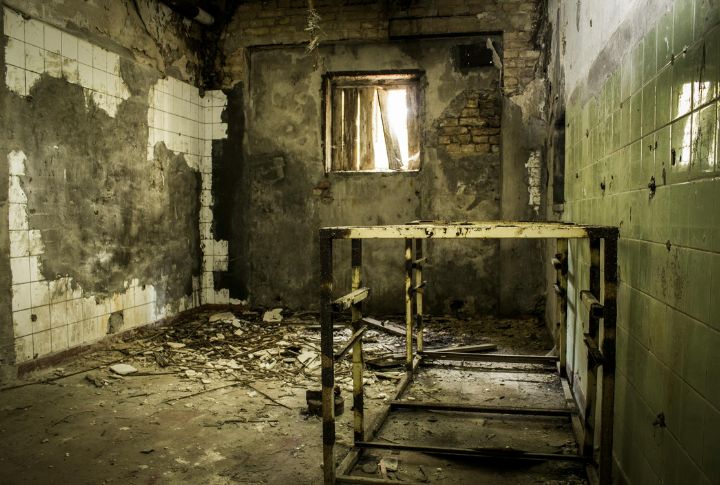
An abandoned clinic stood in the heart of the city. Unaware of what was inside, two scavengers entered, seeking valuables amidst the decay. Their discovery: a heavy, mysterious device, later identified as a radiotherapy unit containing cesium-137.
Curiosity Led To The Mishap
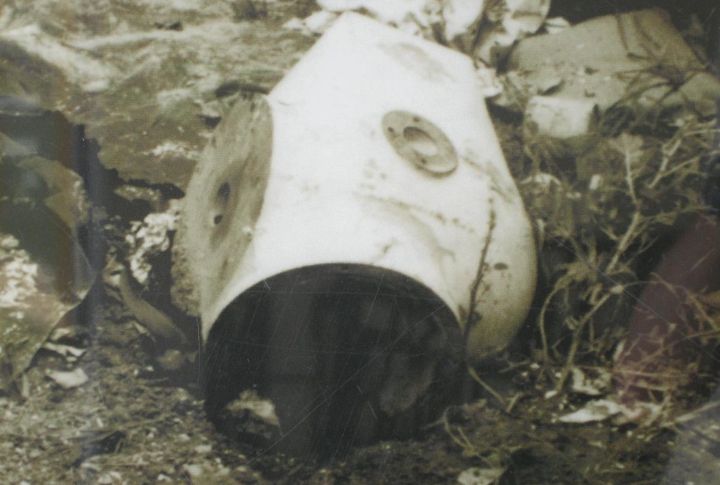
Within the dismantled device was a capsule emitting a shiny blue glow. Fascinated, the men took it home and shared the fragments with friends and family. Little did they know, this charming light was a harbinger of deadly radiation, contaminating all who came into contact.
Widespread Contamination Began
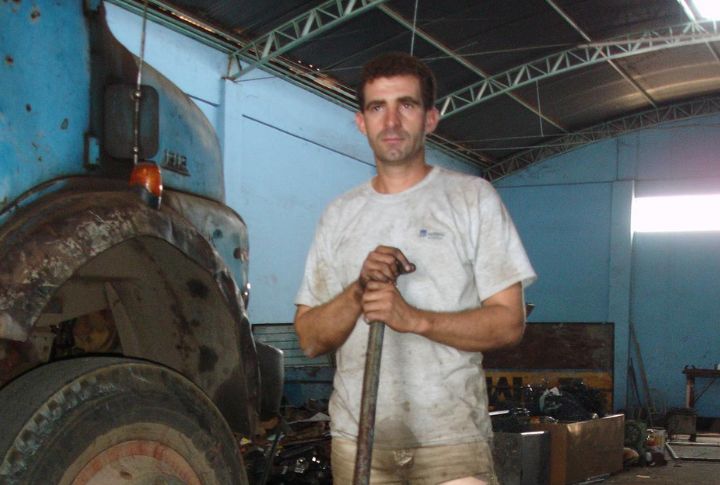
As the cesium-137 powder dispersed, it infiltrated homes and public spaces. The city’s inhabitants, unaware of the invisible danger, continued their routines. This accidentally spread the contamination further. The silent nature of radiation allowed it to permeate without immediate detection.
What Happened To Leide Das Neves Ferreira
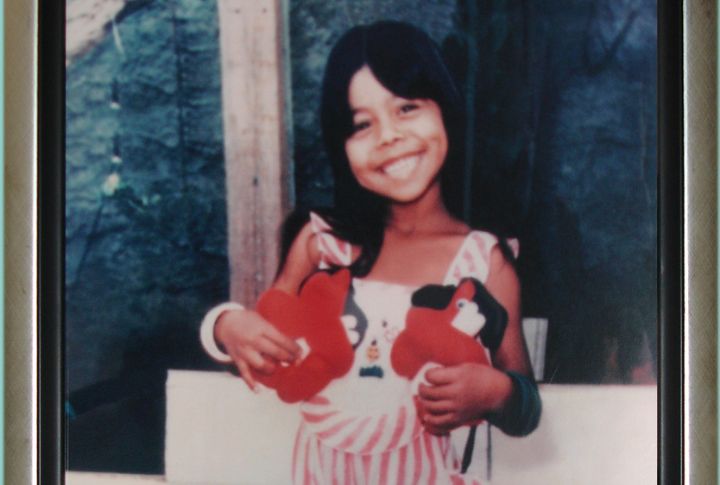
A six-year-old kid, Leide, played with the glowing powder, mistaking it for harmless glitter. Within days, she exhibited severe radiation sickness symptoms. Despite medical interventions, Leide succumbed to the exposure and became one of the disaster’s youngest victims.
Panic And Mass Screenings
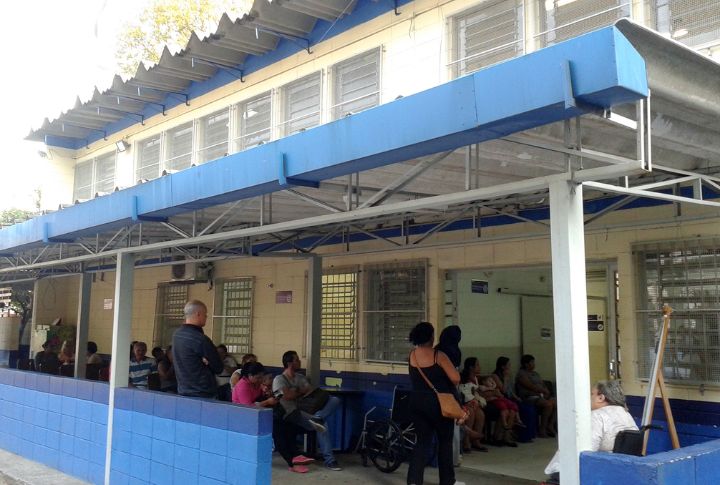
News of the contamination spread rapidly and caused widespread panic. Over 100,000 residents flooded medical centers for radiation screenings. Fear and uncertainty gripped Goiania as the extent of the disaster unfolded and tested the community’s resilience.
Heroes Of The Cleanup
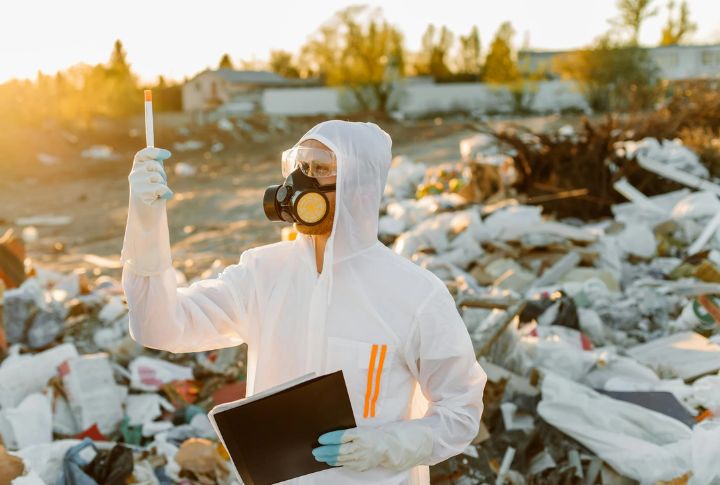
In the face of chaos, dedicated professionals emerged as heroes. Medical staff, scientists, and volunteers worked tirelessly to decontaminate affected areas. Their full commitment played an important role in mitigating the disaster’s impact.
Punishing The Accountable
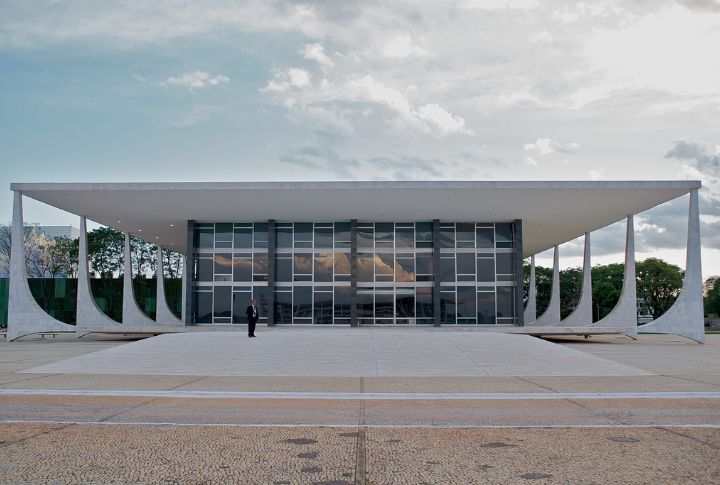
The catastrophe prompted legal actions against multiple parties, such as the clinic’s owners and government agencies. Courts sought to assign responsibility and ensure such negligence would not happen again. It exposed systemic failures in handling hazardous materials.
Long-Term Effects On Residents

Beyond immediate casualties, many residents faced long-term health issues. Psychological trauma lingered as a lasting reminder of the disaster. Some studies reported a 310% rise in cancer of the mammary glands over 25 years, but no apparent link to Cesium-137 was found. This made things uncertain.
Environmental Aftermath And Decontamination
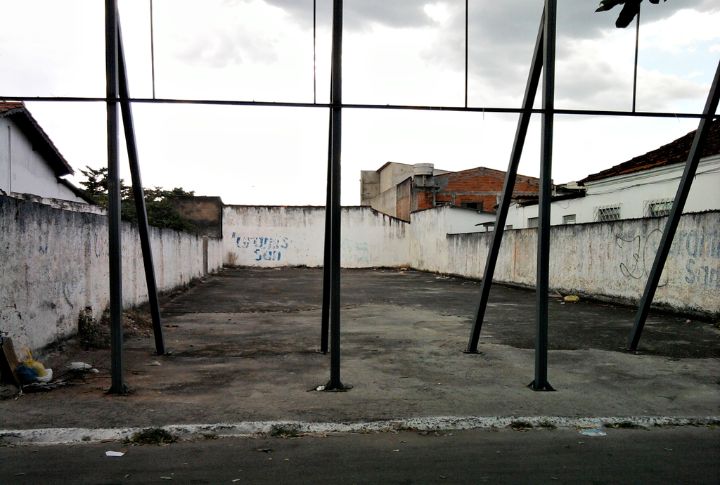
The cleanup involved demolishing contaminated homes and removing topsoil. Despite extensive efforts, traces of lingering radiation still pose ongoing environmental challenges and the reshaping of Goiania’s environment.
Economic And Social Impact
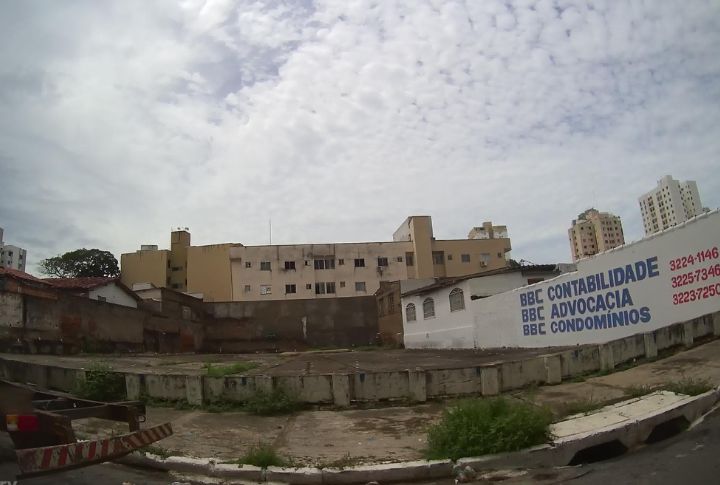
The stigma of radiation exposure led to economic downturns, as businesses suffered and property values plummeted. Social ostracism of victims further compounded the community’s struggle to heal and rebuild in the disaster’s aftermath.

